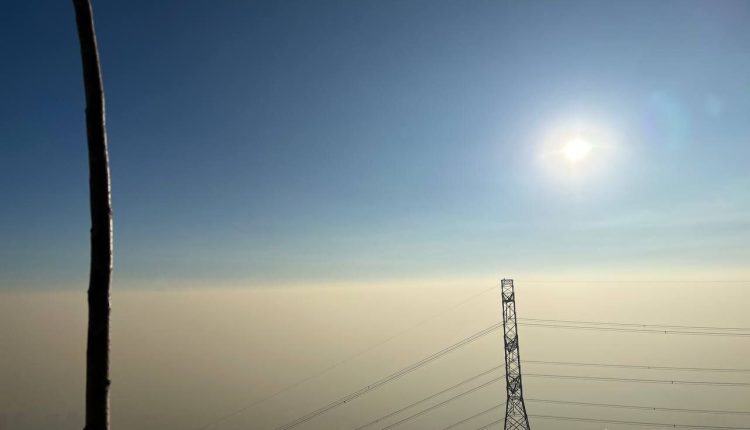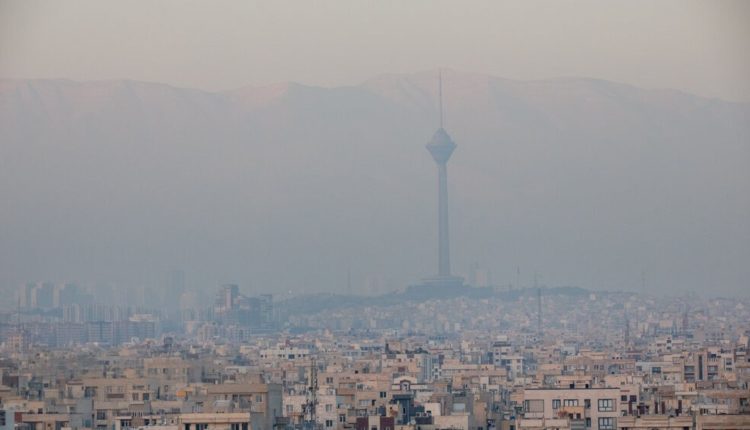Tehran among top 10 most polluted cities in the world
Tehran Smog: Essential Health Protection Guide | Air Quality Safety Tips
It’s happening again. Smog is back and at terrible levels in the Iranian capital, Tehran. Air quality reaches hazardous levels repeatedly during the winter months when temperature inversions trap vehicle emissions and industrial pollutants over the Iranian capital. For the city’s nine million residents, understanding how to navigate dangerous smog days isn’t optional—it’s essential for protecting long-term health.
This guide provides practical, evidence-based strategies for minimising your exposure to Tehran’s toxic air whilst maintaining quality of life in one of the Middle East’s largest metropolitan areas.
Understanding Tehran’s Air Quality Crisis
Why Is Tehran’s Air So Polluted?
Tehran’s chronic air pollution stems from multiple factors working in concert. The city sits in a bowl-shaped valley at the foot of the Alborz Mountains, creating a natural trap for pollutants. During autumn and winter, temperature inversions—where warm air sits atop cooler air—prevent pollutants from dispersing, creating the thick, visible smog that blankets the city.
Vehicle emissions account for approximately 80% of Tehran’s air pollution, with over four million cars on the roads daily. Many vehicles run on substandard fuel or lack proper emissions controls. Industrial facilities, construction dust, and ageing heating systems contribute the remainder.
Health Risks of Exposure
Short-term exposure to high pollution levels causes immediate symptoms including eye irritation, coughing, shortness of breath, and exacerbation of existing respiratory conditions. Long-term exposure significantly increases risks of:
- Cardiovascular disease
- Lung cancer
- Chronic respiratory illness
- Reduced life expectancy
- Developmental issues in children
Studies suggest that Tehran’s air pollution may reduce average life expectancy by up to three years for long-term residents.
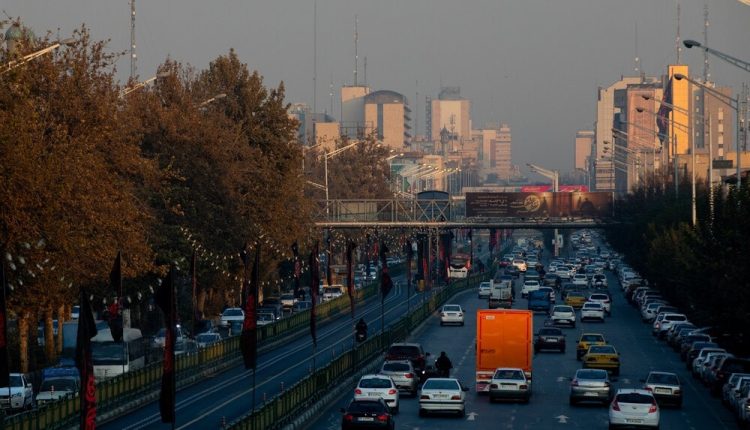
Monitoring Air Quality in Real-Time
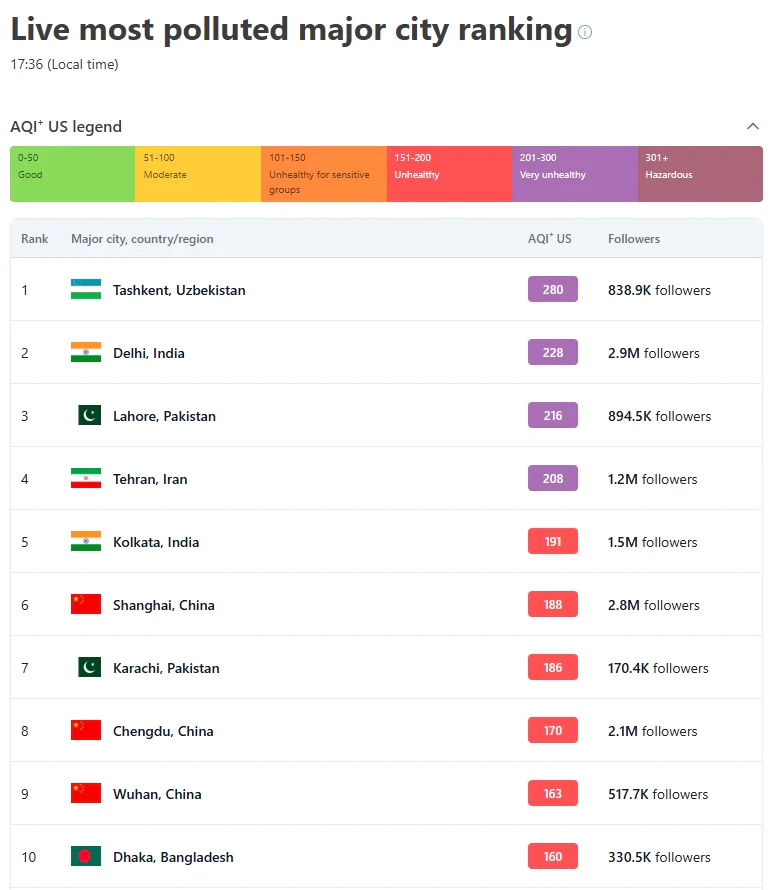
Essential Apps and Resources
Knowledge is your first line of defence. Several resources provide real-time air quality data for Tehran:
IQAir: Offers hourly updates with detailed pollutant breakdowns and health recommendations based on Air Quality Index (AQI) readings.
Tehran Air Quality Control Company (TAQCC): The municipality’s official monitoring network provides data from stations across the city, although it can switch off!
Hava Shenasi app: Popular locally, this Persian-language application delivers push notifications when pollution reaches dangerous levels.
Our Choice? We would recommend the IQAir one over other services as it plugs into the embassies of the Netherlands and Denmark in Tehran, which makes their numbers unlikely to be altered by worried local officials.
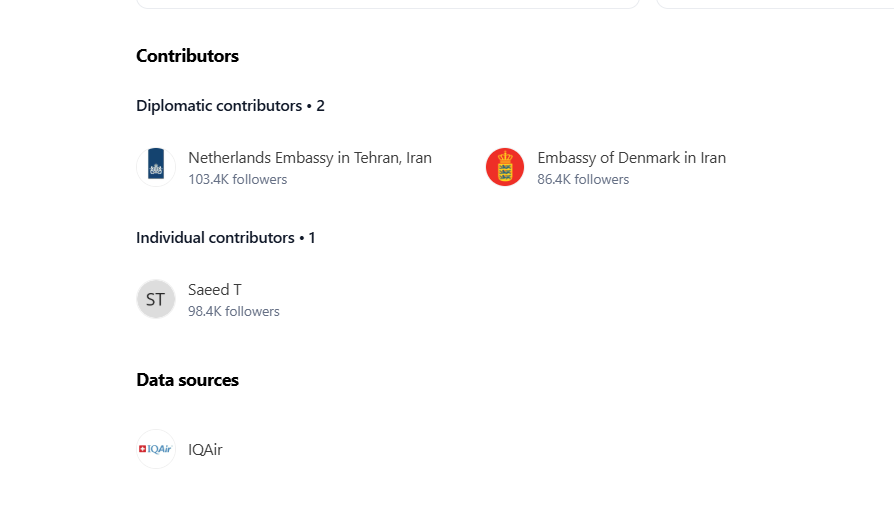
Understanding the Air Quality Index
The AQI scale runs from 0 to 500, with higher numbers indicating greater health concerns:
- 0-50 (Good): Air quality poses little or no risk
- 51-100 (Moderate): Acceptable for most, sensitive groups should limit prolonged outdoor activity
- 101-150 (Unhealthy for Sensitive Groups): Children, elderly, and those with respiratory conditions should reduce outdoor exertion
- 151-200 (Unhealthy): Everyone may experience health effects; sensitive groups face more serious impacts
- 201-300 (Very Unhealthy): Health alert; everyone should limit outdoor activity
- 300+ (Hazardous): Emergency conditions; entire population at risk
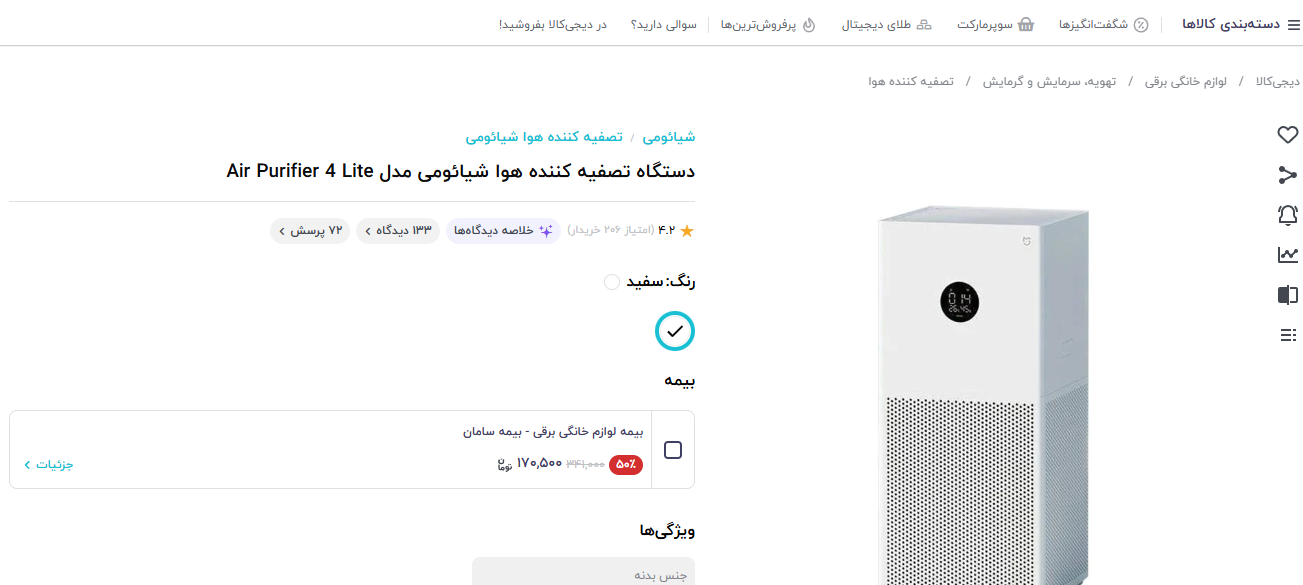
Indoor Air Quality Management
Creating a Clean Air Sanctuary
When outdoor air quality deteriorates, your home becomes your refuge. Implement these strategies to maintain breathable indoor air:
Seal your space: Use weather stripping around doors and windows to prevent outdoor air infiltration. This also improves energy efficiency.
Invest in air purifiers: High-efficiency particulate air (HEPA) filters remove 99.97% of particles 0.3 microns or larger. Position purifiers in bedrooms and main living areas, ensuring proper room size matching.
Avoid indoor pollution sources: Refrain from smoking indoors, minimise cooking that produces fumes, and avoid burning candles or incense on high-pollution days.
Maintain optimal humidity: Keep indoor humidity between 30-50% to prevent mould whilst avoiding dry air that irritates respiratory passages.
Ventilation Strategies
Contrary to instinct, you shouldn’t seal your home completely. Strategic ventilation during cleaner periods prevents indoor pollutant build-up:
- Open windows briefly during early morning hours (5-7 am) when pollution levels typically drop
- Use bathroom and kitchen extraction fans to remove moisture and cooking fumes
- Consider mechanical ventilation with filtration if feasible
Personal Protection Measures
Choosing the Right Mask
Not all masks offer equal protection against fine particulate matter (PM2.5), the most dangerous component of smog:
N95/FFP2 respirators: Filter at least 95% of airborne particles when properly fitted. These provide adequate protection for most situations.
N99/FFP3 respirators: Offer higher filtration (99%+) for extremely polluted days or vulnerable individuals.
Surgical masks: Provide minimal protection against fine particles and aren’t recommended for smog.
Cloth masks: Offer virtually no protection against PM2.5 pollution.
For masks to work effectively, they must seal properly around your nose and mouth. Facial hair prevents proper sealing.
When to Wear Protection
Wearing masks becomes essential when:
- AQI exceeds 150 (unhealthy)
- You must spend extended time outdoors
- Engaging in any physical activity outside
- You belong to a sensitive group (children, elderly, those with respiratory or cardiac conditions)
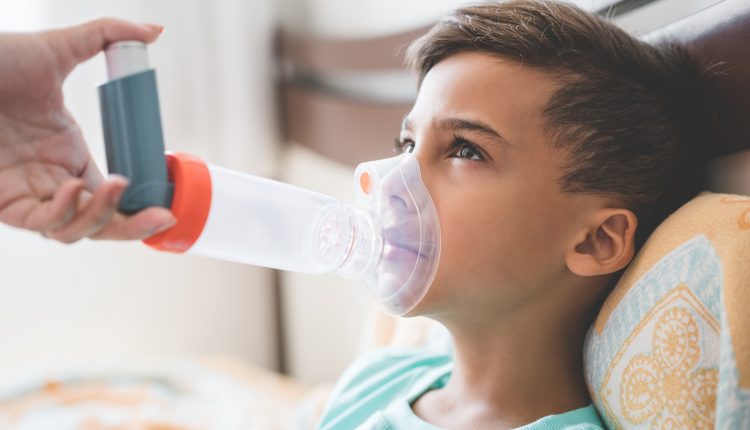
Medication and Health Monitoring
If you have asthma, chronic obstructive pulmonary disease (COPD), or cardiovascular conditions:
- Keep rescue medications readily accessible
- Monitor symptoms closely during high-pollution episodes
- Maintain regular contact with your healthcare provider
- Consider adjusting medication dosages during smog season under medical supervision
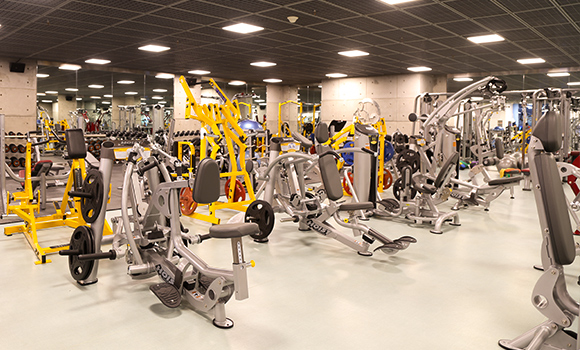
Lifestyle Modifications for Smog Days
Exercise and Physical Activity
Physical exertion increases breathing rate, drawing more polluted air deep into lungs. Adjust your exercise routine based on air quality:
Good to Moderate (AQI 0-100): Exercise normally, though sensitive individuals should monitor symptoms.
Unhealthy for Sensitive Groups (AQI 101-150): Limit outdoor exercise intensity and duration; consider indoor alternatives.
Unhealthy or Worse (AQI 151+): Move all exercise indoors or postpone until air quality improves.
Indoor exercise options include home workout videos, yoga, bodyweight exercises, or gym memberships with proper air filtration.
Commuting Strategies
Travel during rush hour exposes you to the worst pollution. If possible:
- Adjust work hours to avoid peak traffic (7-9 am, 5-7 pm)
- Use Tehran Metro when possible; underground stations have significantly better air quality
- Keep car windows closed and use recirculation mode
- Consider carpooling to reduce overall emissions
Diet and Nutrition
Certain foods contain antioxidants that may help mitigate pollution damage:
- Vitamin C-rich foods (citrus fruits, peppers, berries)
- Omega-3 fatty acids (fatty fish, walnuts, flaxseed)
- Vitamin E sources (nuts, seeds, spinach)
- Green tea (rich in protective polyphenols)
Maintain proper hydration to help your body process and eliminate toxins more efficiently.
Special Considerations for Vulnerable Groups
Children and Infants
Children face heightened risks because they breathe faster, spend more time outdoors, and have developing respiratory systems:
- Keep children indoors during very unhealthy conditions (AQI 200+)
- Ensure schools monitor air quality and cancel outdoor activities appropriately
- Limit strenuous play on moderate to unhealthy days
- Use car seats with additional covers during transport on polluted days
- Consider air purifiers in nurseries and bedrooms
Pregnant Women
Research links air pollution exposure during pregnancy to low birth weight, preterm birth, and developmental issues:
- Minimise outdoor exposure during high-pollution days
- Wear N95 masks when outdoor activity is unavoidable
- Maintain good indoor air quality
- Discuss pollution concerns with your obstetrician
Elderly Residents
Older adults often have compromised cardiovascular and respiratory systems, making them particularly vulnerable:
- Strictly limit outdoor time when AQI exceeds 150
- Ensure medication compliance
- Watch for symptoms like unusual shortness of breath or chest pain
- Maintain regular medical check-ups during smog season
Community and Policy Solutions
Emergency Preparedness
When Schools and Offices Close
This week the schools are closed.
Health Emergency Planning
Know when to seek medical attention. Contact healthcare providers or visit emergency services if experiencing:
- Severe shortness of breath
- Chest pain or tightness
- Persistent coughing or wheezing that doesn’t improve indoors
- Unusual fatigue or dizziness
- Symptoms significantly worse than usual
Keep emergency contacts, including your doctor and nearest hospital, readily accessible.

